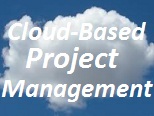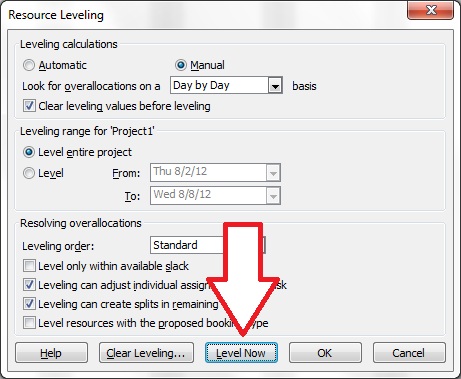The CIO Insight article below explains that SMB’s are going to the cloud for simple apps like email and storage. And they are not necessarily asking IT for permission. I suppose that is because the cloud provider supplies all the support they need, and users feel they can get by without their own internal IT department. Probably so…
Inexpensive cloud solutions are getting more and more attractive. Not only do you get a great app, but you get external hosting and support. So instead of spending your in-house resources on server hosting, patches, backup, upgrades, and babysitting, you can spend it on your core competencies.
Another up-and-coming cloud app is timesheets – check out a product named Standard Time®. Their cloud-based timesheet is superb. And just like the simpler apps described above, all the support is handled by the vendor. But this is no simple app like storage or email. This thing is loaded! Check out some of the features you get for $13 a month!
Here are two videos on the Standard Time dynamic duo – Timesheet and Project Management
Timesheet
Of course you would expect this. It’s a timesheet, after all! But the timesheet is extremely flexible and comprehensive. Employees only see projects assigned to them. Project tasks are included. Sub-projects and phases show a full hierarchical breakdown. There is an expense sheet, and time off tracking.
Project Management
In addition to the timesheet, Standard Time gives you project rollups. (Yes, this is all on the cloud! Pinch yourself!!!) They let you track actual work verses estimates. Track percent complete. Attach documents to tasks.
PTO Accruals
Need to track comp time for employees working over their scheduled hours? Got it. Need vacation tracking? Got it. How about automatic time off accruals on a daily, weekly, bi-weekly, monthly, or yearly basis. That’s in there too!
Expense Tracking
What would a consulting tool be without cloud-based expense tracking? It’s in there too. In fact, you can run a client invoice that contains all the timesheet hours plus expenses. Or, you can run a report that includes them both. Or separately. There are even custom reporting capabilities.
It’s a little hard to believe that cloud-based hosted services have evolved this far. I guess somebody’s been hard at work. Check out Standard Time if you’re a consulting firm, manufacturer, or government office. Here’s a link to their YouTube channel. New videos are posted all the time, so subscribing is a good itea.




 Multitasking means working both tasks during the same calendar date range
Multitasking means working both tasks during the same calendar date range

